Class Hours: 9:40 – 1:45
Mr. Cronin
Notes
- Early Release Wednesday!
- No CTE 7/8 classes ever on Wednesday’s. As we move through the year you may be pulled during the afternoon to work with individual teachers if you fall behind in their classes.
- EHS students leave for their 7/8 classes at 1pm – EHS students only have afternoon academic classes on Wednesdays.
- Dismissal at 1:45.
10:05 Attendance and Article
10:10 Adobe AM
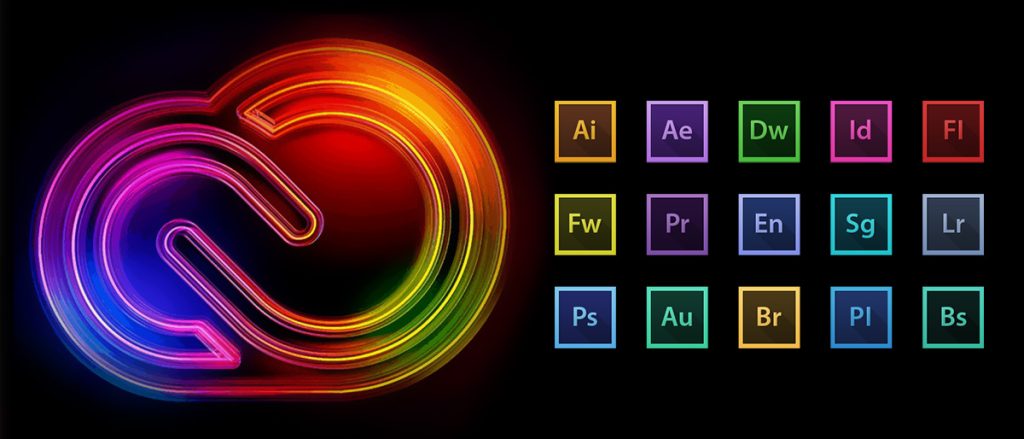
Photoshop is a powerful graphics editing software developed by Adobe. It is widely used by photographers, designers, and digital artists for image editing, graphic design, and digital art creation. Photoshop provides a wide range of tools and features for tasks such as photo retouching, compositing, image manipulation, and creating digital illustrations.
We will spend the first 20 minutes of Wednesday’s learning Photoshop so we can incorporate it into our workflows.
10:30 Blender
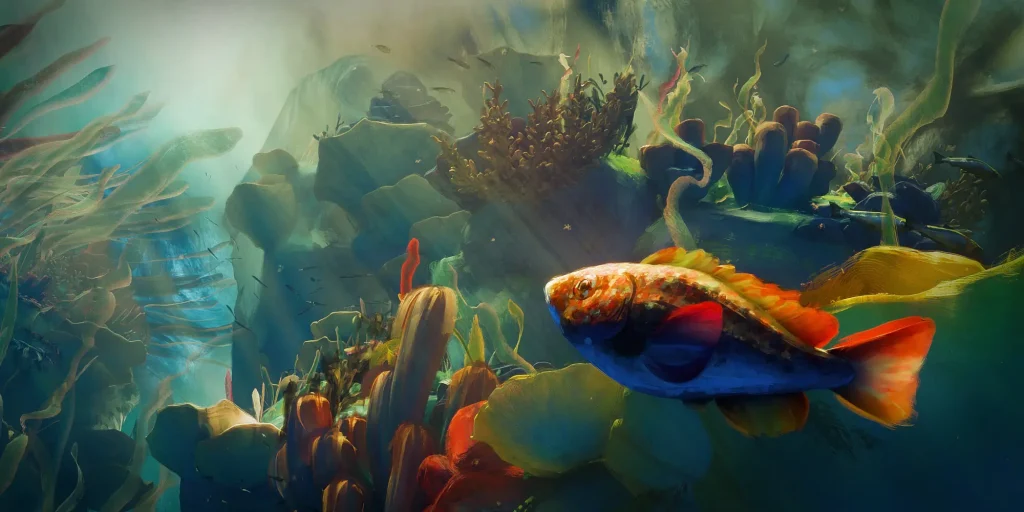
- Image based textures
- Materials on different parts of an object
- Add ons / extensions -> Node Wrangler



10:50 Morning Break (10 minutes)

11:00 Blender

- Curves / Cables / Ropes / Wires
- Practice with image based materials
- Recreating a scene
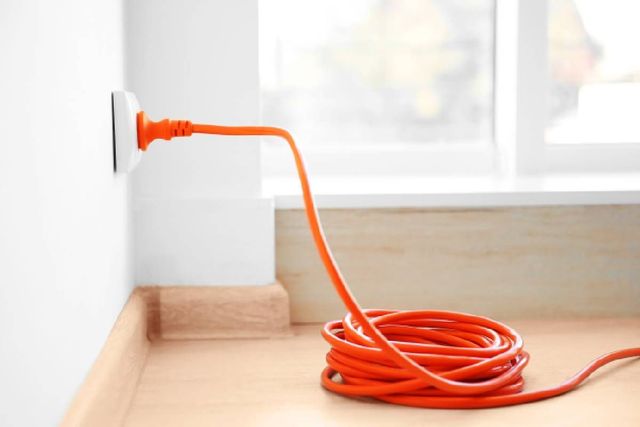
A blue rug texture we will use for the carpet:

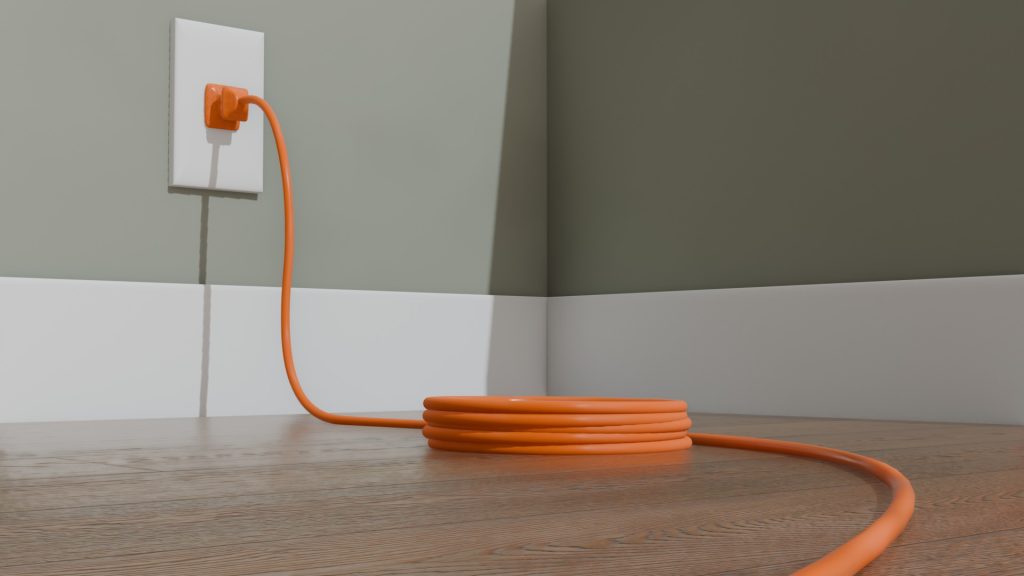
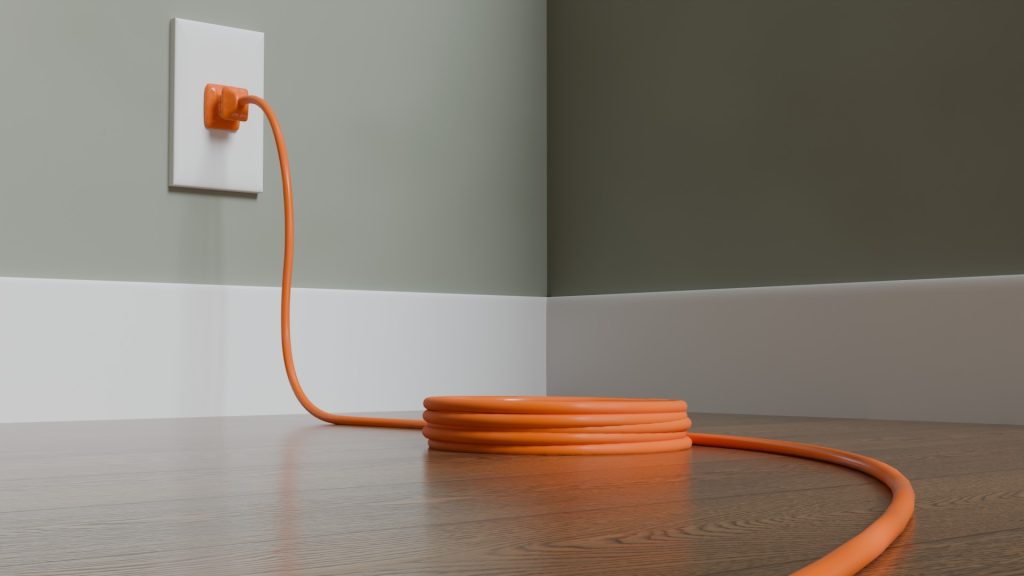
11:55 Lunch

- No food in the room / eat in the Cafe.
- You are welcome to return to the room when you have finished eating and work / hang out.
12:25 Attendance and Article
12:30 A Gentleman in Moscow
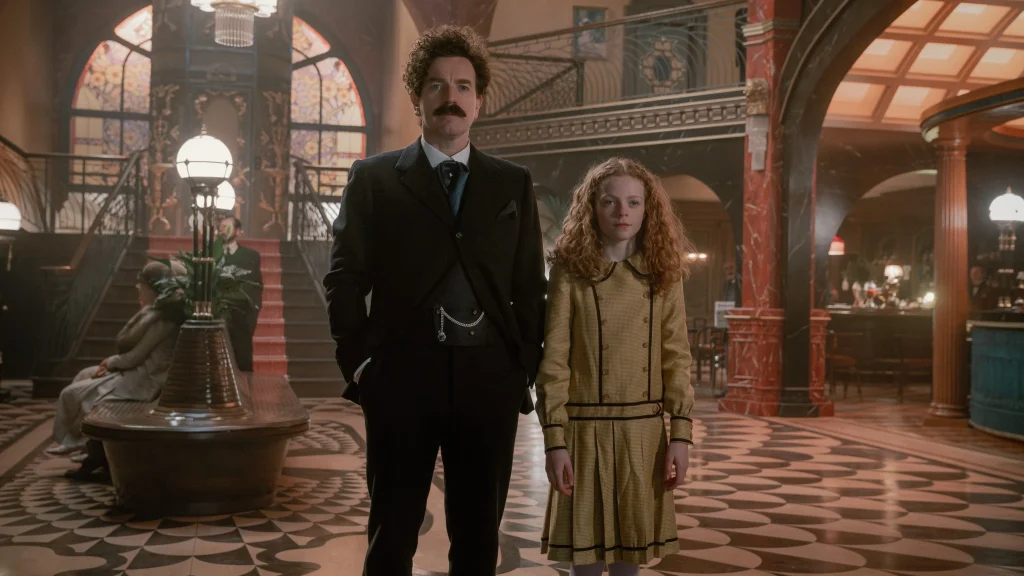
A Gentleman in Moscow is a reader’s dream — a wonder-full, nuanced story full of wit, insight, and imagination.
Read along with Mr. Cronin. Improve literacy, word decoding, enjoy a nice story, and unplug from the world.
12:45 Afternoon Practice & Production

Castle Project
- lastNameCastle_1.jpg through lastNameCastle_3.jpg
Design Homework 2 – Free Choice
- lastNameDH_2.jpg
Week 2 Agency
- lastNameAgency_1.jpg through lastNameAgency_3.jpg
We are going to use a hybrid of camelCasing and snake_casing in CAWD. camelCasing the English words, and snake_casing the _1.jpg, _2.jpg, etc.

1:20 Afternoon Break (10 minutes)

1:30 Afternoon Practice & Production

1:40 Dailies
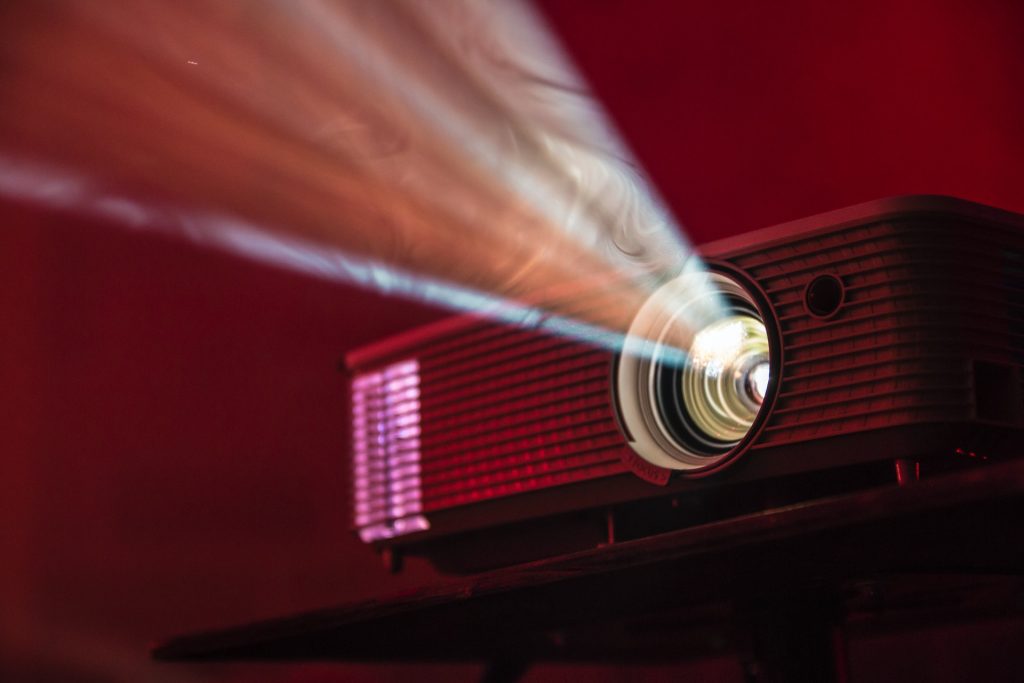
1:45 Dismissal
